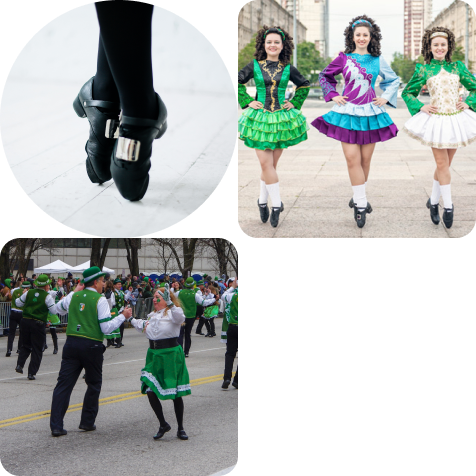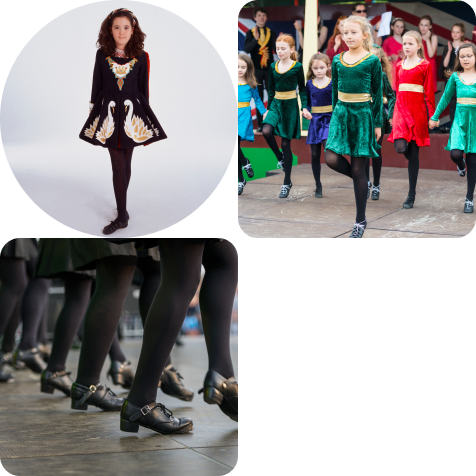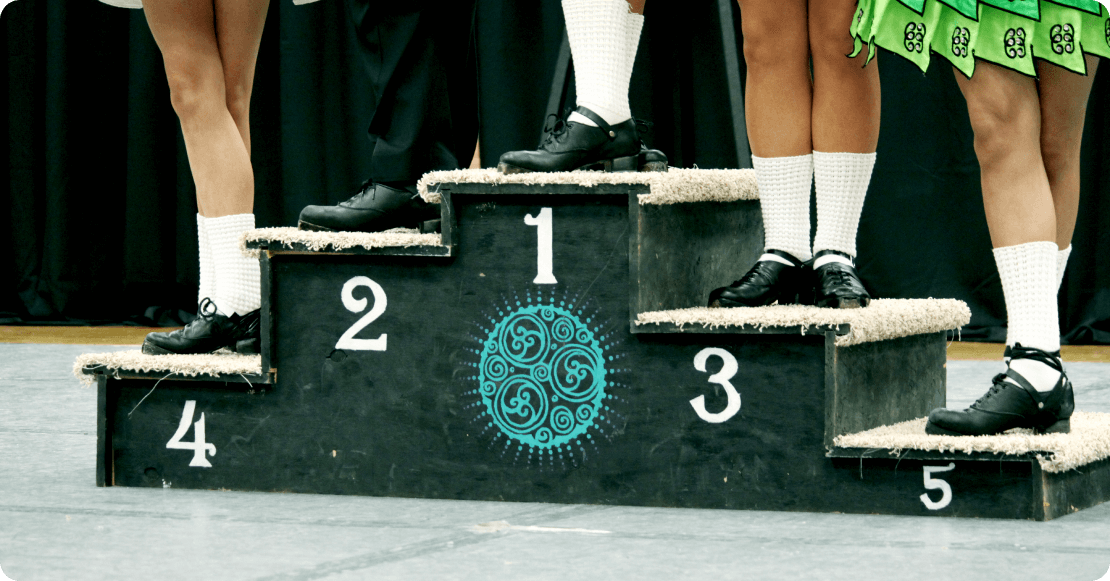Guide
to Irish
Dance
Irish dancing refers to a group of traditional forms of folk dancing, which originated in Ireland over several centuries.
Different forms of Irish dancing are primarily danced either as social dances or performance dances, though sometimes this distinction is also blurred.
With rising global interest in traditional Irish dancing, the form itself has enjoyed a renaissance as well as significant cross-pollination with other dancing styles.
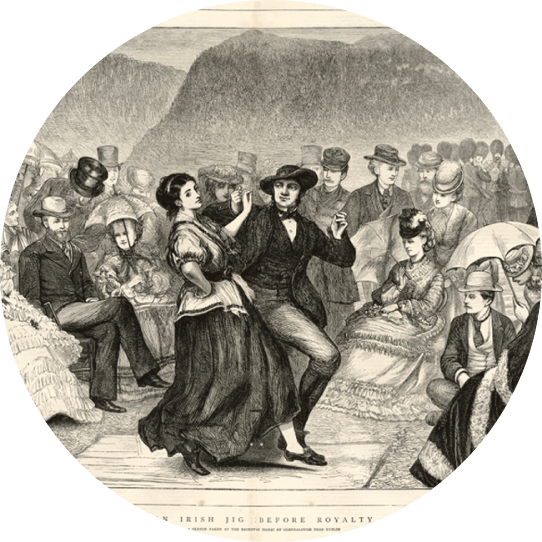
Iris Dance
History
Irish dancing forms an ancient part of Irish culture. Like many forms of folk dance, it can be divided into numerous regional and historical styles.
Like many forms of folk dance, it can be divided into numerous regional and historical styles. Given England’s role in Irish history as an imperial ruling force, Irish dancing also has a history as an underground art form.
During the late 1800s, Irish traditional dancing was banned along with other regional cultural activities. Nonetheless, the Irish people continued to hold dances in secret. In the early 20th century, the tradition was revived among a wider public.
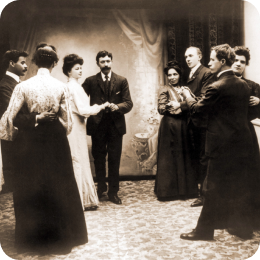
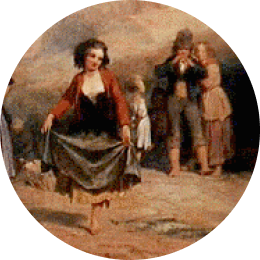
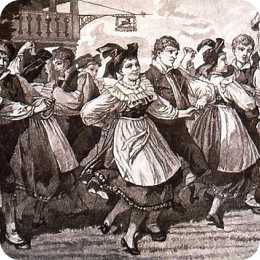
Throughout the later 20th century and 21st century, traditional Irish dancing has earned greater popularity throughout the world, leading to an increasing profusion of styles and fusion dance styles mixed with other forms of world dance.
Sets, Steps, and Ceilis: Irish Dancing
Types of Dances
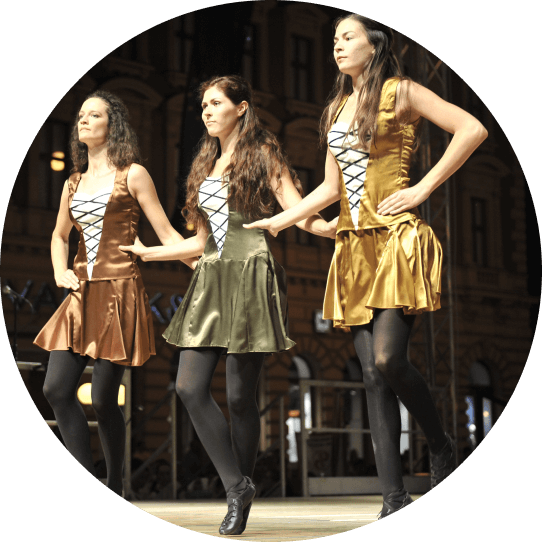
In broad strokes, Irish dancing has made a transition from a relatively subtle, “grounded” form of dancing to the flashier variations popularized through productions such as Riverdance or Lord of the Dance.
More specifically, traditional Irish dance forms include :
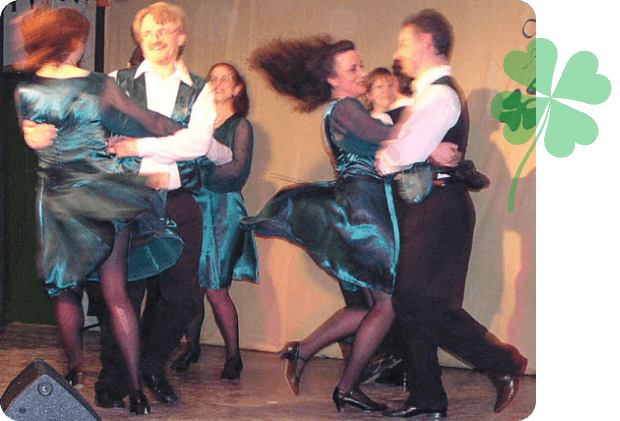
dancing
In set dancing, the two primary variations are soft shoe and hard shoe.
dancing
The former, soft shoe dancing, is primarily performed by women. Step dancing grew out of the period of suppression of traditional Irish culture.
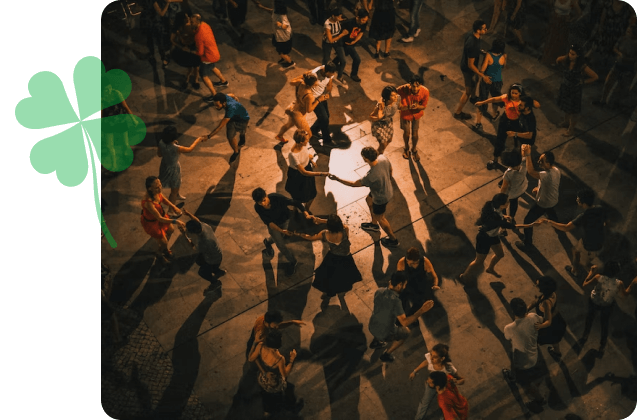
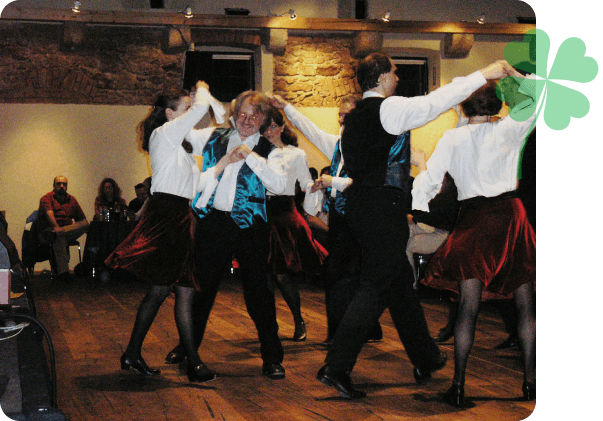
dancing
Ceili dancing may include round dances, line dances, and progressive line dances and may also simply refer to a social gathering that involves traditional Irish dance.
At this time, dance masters would perform and teach secretly, elaborating various “sets” of movements, each set corresponding to eight bars of music.
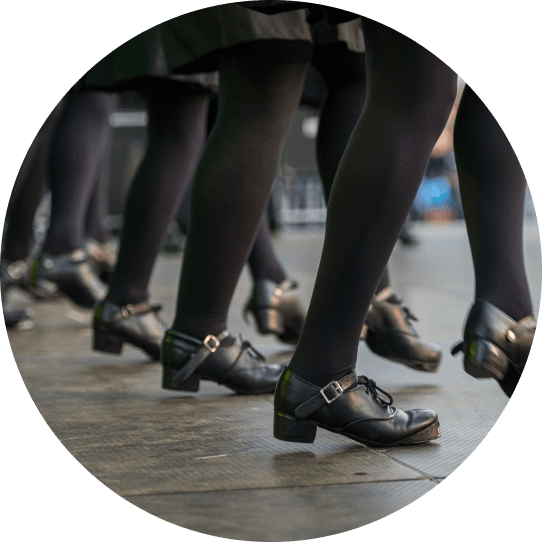
iris dance
Shoes and Costumes
The shoes and costumes used in Irish dancing vary depending on the style of dance and the historical time period. In set dancing, the type of shoe worn is directly related to which of the two forms the dancers practice.
Hard shoe set dancing relies on the hard sole of the shoe, much like a character shoe, which creates a distinctive sound against the floor.
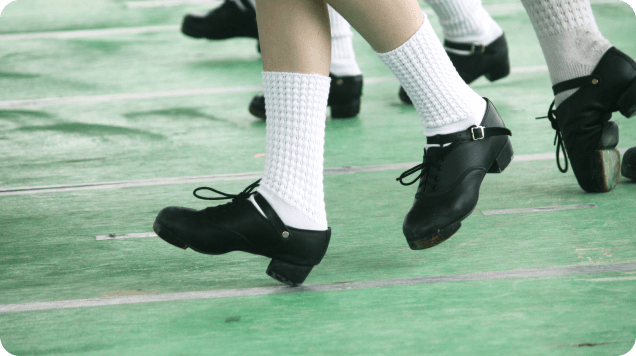
By contrast, in soft shoe set dancing, the dancer does not come in percussive contact with the floor. In fact, a well-performed soft shoe dance gives an ethereal, almost floating impression to the dancer’s movements.
Many more traditional dancers and dance schools use highly elaborate embroidered costuming, inspired by modern conceptions of ancient Irish culture.
However, for many centuries, the appropriate attire was simply one’s finest outfit, or “church clothes.” Braided hair is common among women, as are curled wigs.
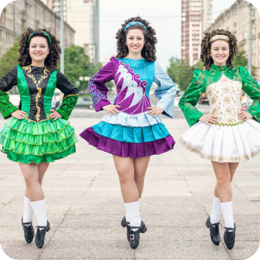
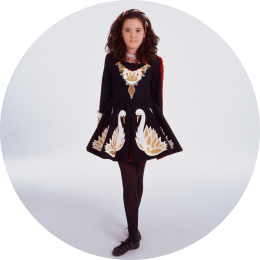
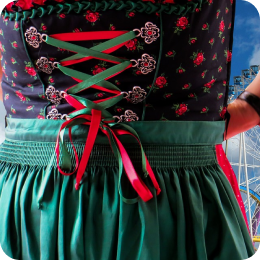
iris dance
Competition
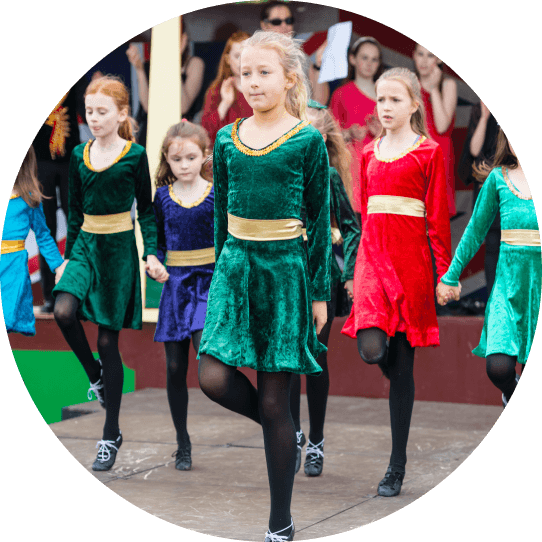
Irish dancing festivals and competitions now exist throughout the world, often as a part of Irish heritage cultural festivals. During the period of English rule, the masters of step dancing would sometimes compete at informal and secret events.
Traditional Gaelic cultural events, also known as fèis (pronounced “fesh”), are now a common occasion for Irish dancing competitions, as well as storytelling, musical performances and culinary displays.
These modern fèis are based on ancient Irish traditions in which townspeople would gather together in local festivals at certain points throughout the year.
While feiseanna (the plural form of fèis) are primarily held in Ireland, Northern Ireland, and Scotland, there are also major events in all countries with significant Irish-born populations,
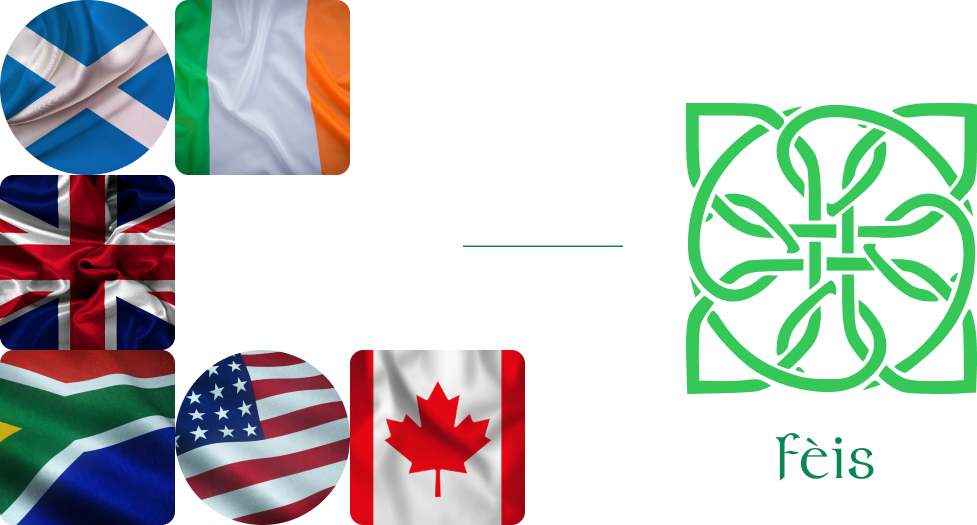
Including England, Wales, South Africa, the United States, Canada, and beyond.
- Irish Music and Dance Association
- World Irish Dance Association
- North American Feis Commission
- Posture in Irish Dancing
- Trinity Irish Dance Study Guide
- Irish Dance Teachers Association of North America
- Irish Dancing
- Behind the Scenes With Dancer Kevin Doyle
- Irish Dancing Steps Out (video)
- Today’s Irish Dancers Step Away From Stereotype
- What Became of the Riverdance Queen?
- As Sequel to Riverdance, Heartbeat of Home
- Learn to Riverdance in Two Weeks? An Experiment
- Irish Dance of New Zealand
- Bonded Leather Vs Leather
- Theater Seating For Home
- Power Seats
- Row One Theater Seating
- Modern Design Recliners
- Space Saver Recliner Chairs
- Small Home Theater Room Ideas
- Palliser Home Theater Seats
- Cheap Home Theater Seating
- Berkline Recliners
- Sectional Couch Clearance
- Awesome Sectional
- Recliner Style
- Home Theater Chairs Loveseat
- Best Reclining Furniture
- Best Places To Buy A Sofa
- Theatre Carpet
- Home Theater Popcorn Machine
- Theater Sectional
- Oversize Recliner
- The Magnolia Theatre
- Home Theatre Accessories
- Lighted Movie Poster Frame
- Theater Room Decor
- Theatre Wall Lights
- Couches For Movie Room
- Octane Charger Xs300
- Theatre Seating Wall Hugger
- Massaging Sectional
- Home Theater Rugs
- Elite Home Theatre Seating
- Home Theater DIY
- Home Theatre in a Box
- Theater Rooms
- Media Recliner
- Theatre Chairs Best Buy
- Wallaway Recliner
- Berkline Leather Sofa
- Movie Room Furniture
- Media Room Sofas
- Home Theater Leather Chairs
- Big Sectional
- Standard Definition Vs High Definition
- Small Living Room Sofas
- Movie Theater Lounge Chair
- Microsuede Recliner Chair

